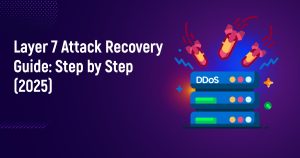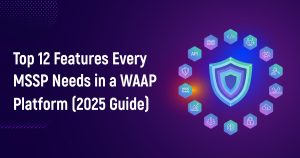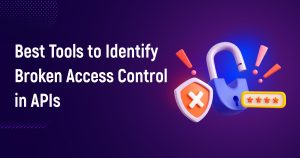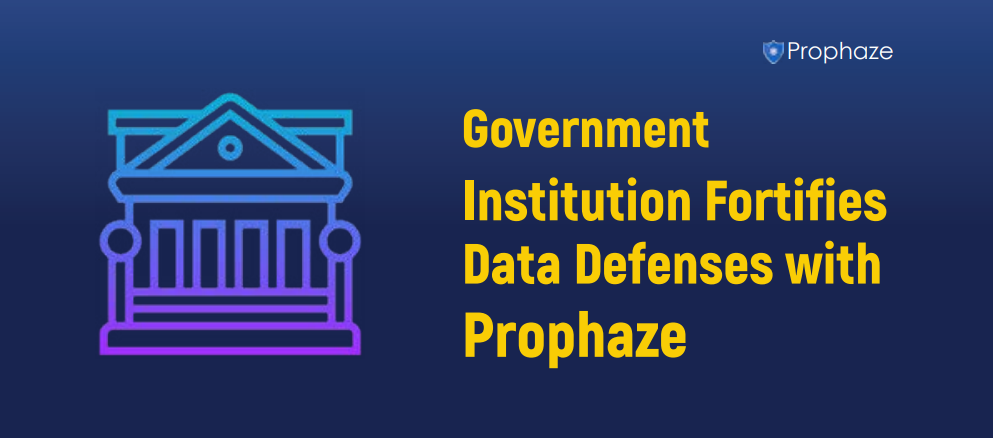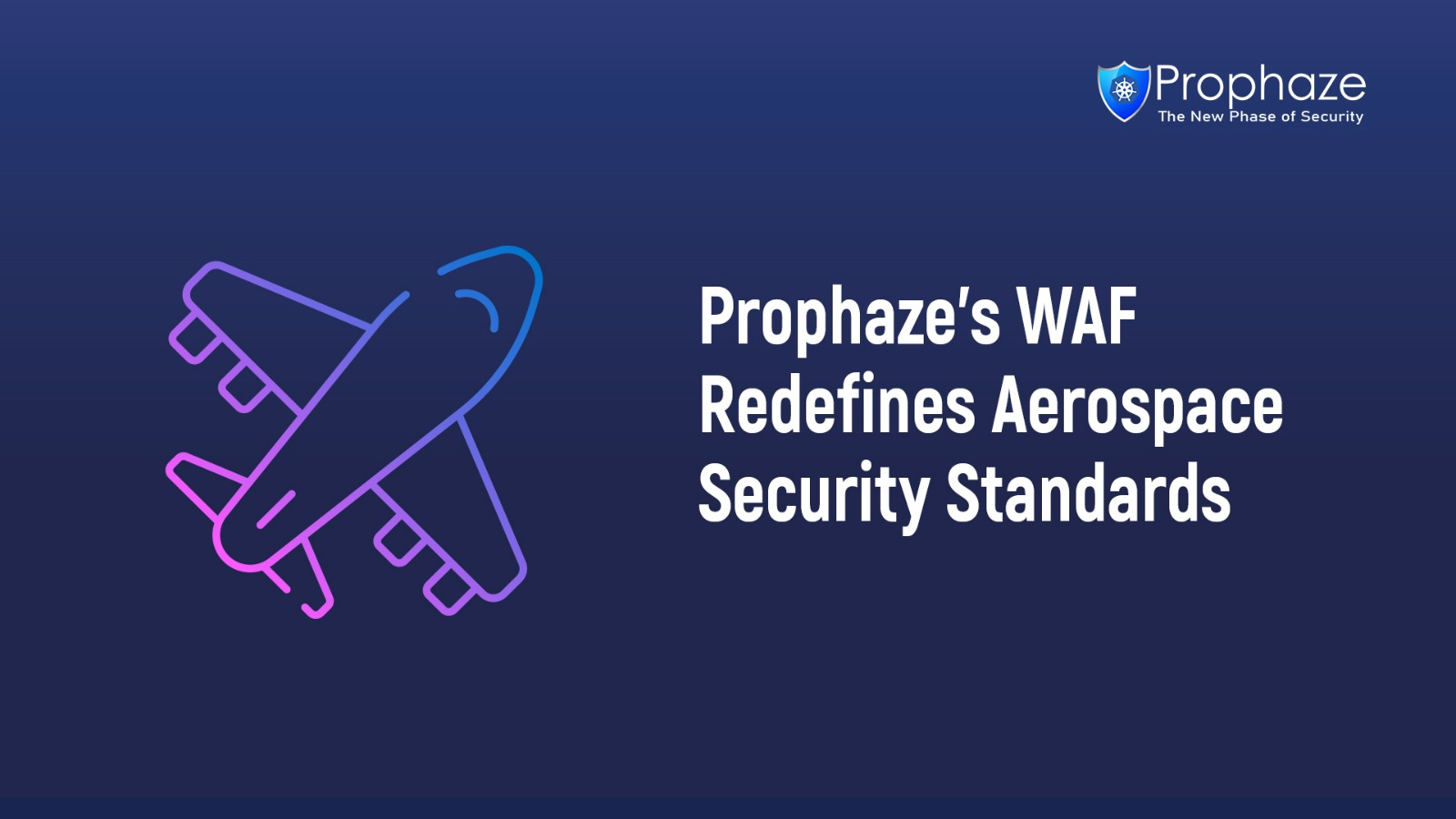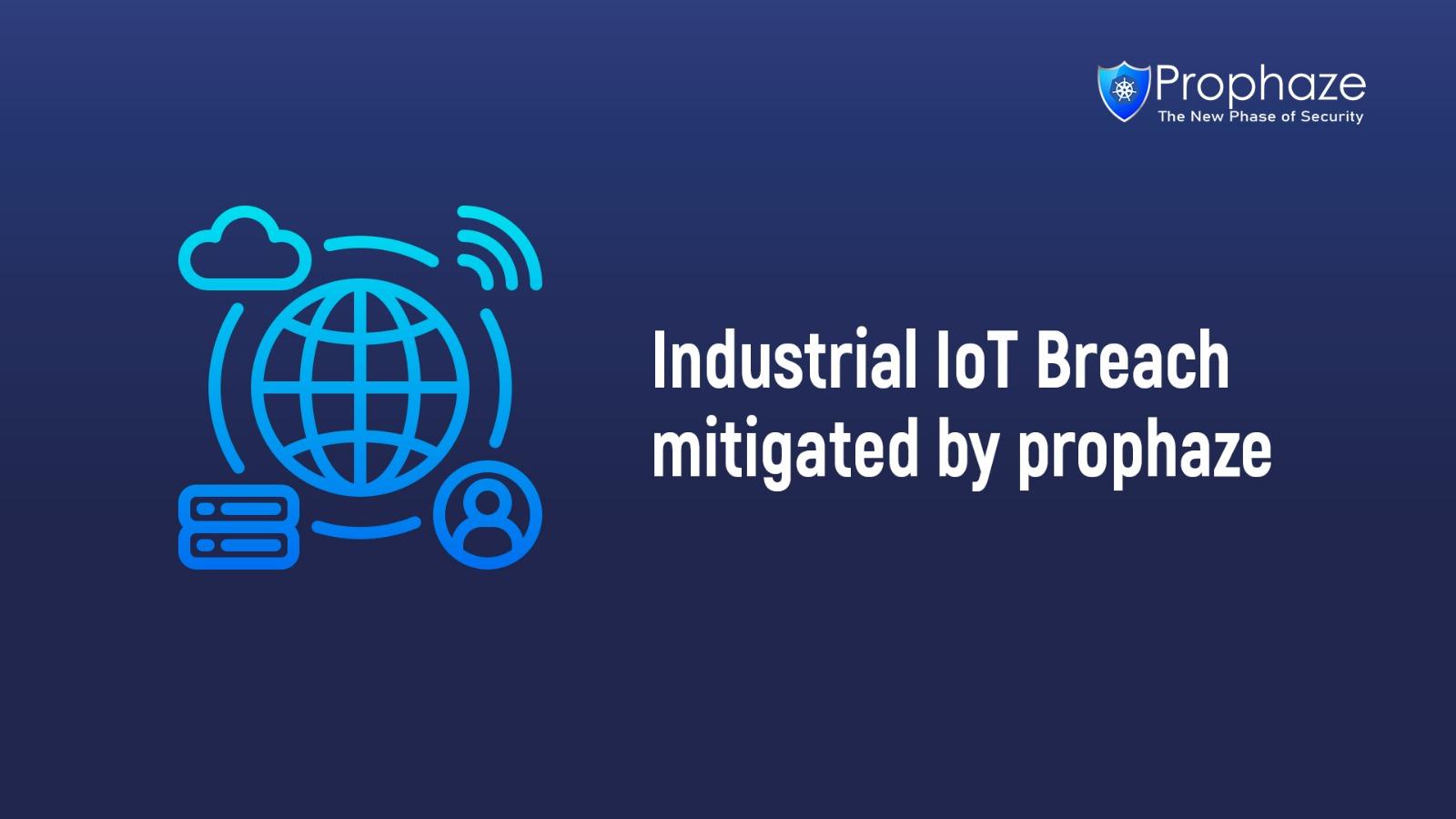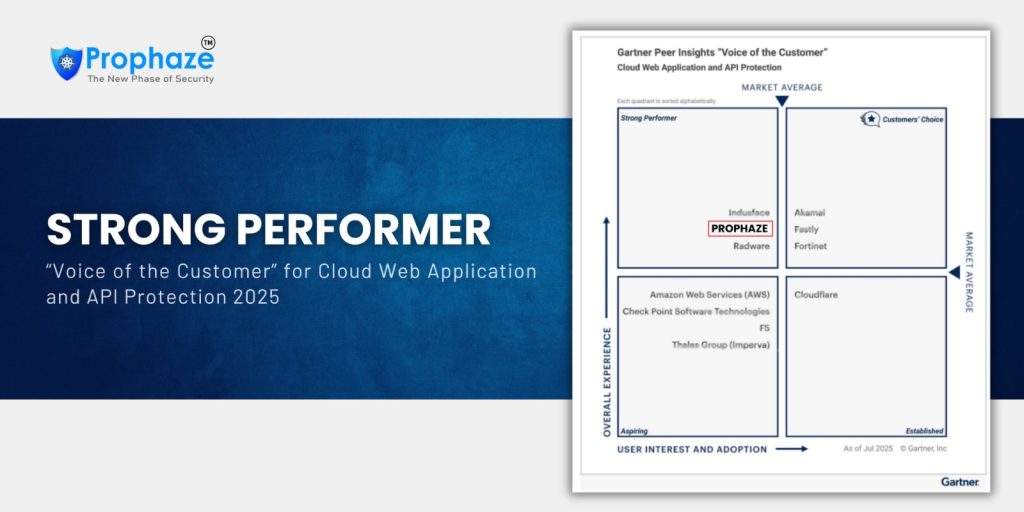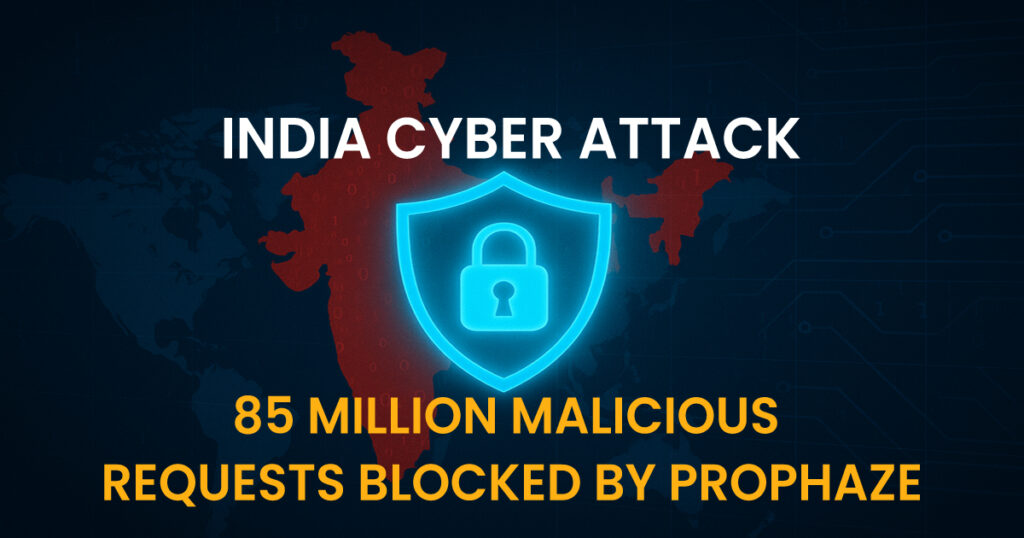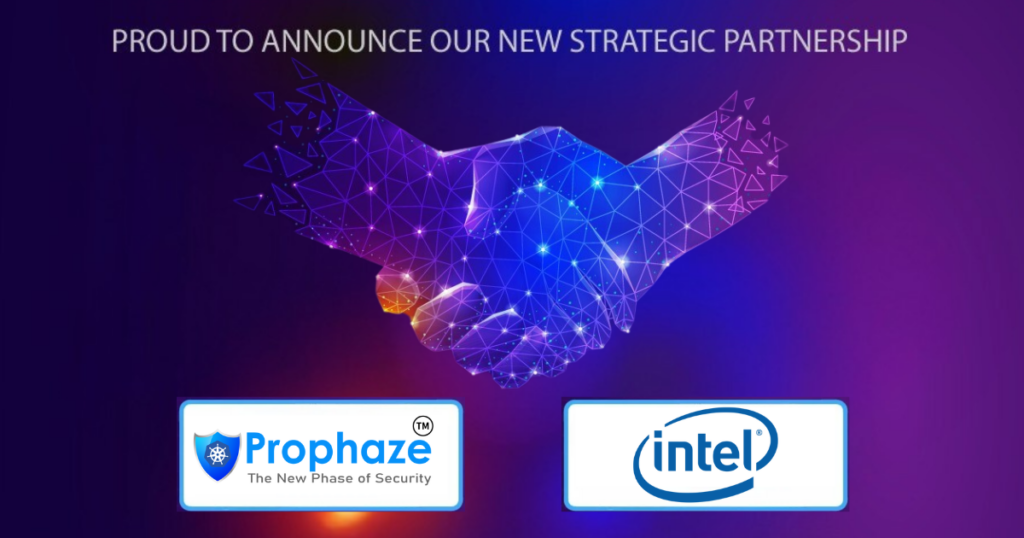Why Cybersecurity Compliance Matters More Than Ever
In today’s rapidly digitizing world, cybersecurity has transitioned from being a mere IT concern to a fundamental business imperative, particularly for technology-focused organizations. As cyber threats grow more sophisticated and data privacy regulations become increasingly stringent, adhering to established security compliance standards is essential. By 2025, several key standards and frameworks will have seen significant updates or emerged to address new technological frontiers, such as Artificial Intelligence and enhanced operational resilience. Understanding and implementing these standards not only strengthens your defenses but also fosters trust with clients, partners, and stakeholders. This post explores the top security compliance standards that technology-driven businesses should prioritize in 2025 to maintain a robust security posture and a competitive advantage.
Here are the top seven security compliance standards and regulations that require your attention in 2025:

1. ISO/IEC 27001:2022 – Mandatory Transition by October 2025
What it is:
ISO/IEC 27001 is the leading international standard for Information Security Management Systems (ISMS). It systematically manages sensitive company information, ensuring data confidentiality, integrity, and availability. An ISMS is a framework of policies and procedures that encompass all legal, physical, and technical controls involved in an organization’s information risk management processes.
Key Aspects & Requirements:
Achieving ISO 27001 certification involves a comprehensive process of identifying information security risks, implementing a robust set of controls (detailed in Annex A), and continuously monitoring and improving the ISMS. The standard mandates a risk-based approach, allowing organizations to select controls that are appropriate for their specific environment.
What's New or Changing in 2025:
The latest version, ISO/IEC 27001:2022, was published in October 2022. Organizations transitioning from the 2013 version have a three-year window (until October 2025) to update their ISMS and undergo recertification audits. The focus for 2025 remains on fully adopting the 2022 version, which includes updated controls, a new structure, and greater emphasis on areas such as threat intelligence, data leakage prevention, and cloud security. The next major revision is not expected until around 2027, making the 2022 version the definitive standard for the coming years.
Pros:
The standard is internationally recognized, enhances organizational credibility, provides a comprehensive security framework, and is adaptable to any organization, regardless of size or type.
Cons:
Implementing and maintaining ISO 27001 can be resource-intensive, and the audit process is rigorous.
Use Cases/Industry Relevance:
ISO 27001 is applicable across all industries. It is particularly vital for technology companies, financial institutions, healthcare organizations, and any business that handles sensitive data. Certification is often a prerequisite for international business and enterprise contracts.
2. SOC 2 Compliance – Increased Focus on Cloud & AI Security
What it is:
SOC 2 is an auditing procedure developed by the American Institute of CPAs (AICPA) that ensures service providers manage data securely to protect client interests and customer privacy. SOC 2 reports are customized to meet the specific needs of each organization, based on one or more of the five Trust Services Criteria (TSC): Security, Availability, Processing Integrity, Confidentiality, and Privacy.
Key Aspects & Requirements:
Unlike the rigid control list found in ISO standards, SOC 2 provides objectives that organizations must achieve, allowing flexibility in how controls are designed and implemented. A SOC 2 audit results in an attestation report (Type I or Type II) issued by a third-party CPA. This report details the suitability of the design of controls (Type I) and the effectiveness of their operation (Type II).
What's New or Changing in 2025:
While the core SOC 2 framework remains stable, the interpretation and application of the Trust Services Criteria continue to evolve with emerging technologies. In 2025, we can expect increased scrutiny on controls related to cloud security, AI systems used in service delivery, and third-party risk management. Auditors may also place a greater emphasis on the continuous monitoring aspects of SOC 2 compliance.
Pros:
SOC 2 enhances customer trust, particularly in the U.S., offers a flexible framework, and addresses specific customer concerns through TSCs.
Cons:
It is primarily U.S.-focused (though it is gaining global recognition), the interpretation of reports can vary, and it requires ongoing effort to maintain compliance.
Use Cases/Industry Relevance:
SOC 2 is essential for SaaS companies, cloud computing providers, data centers, and any service organization that stores, processes, or transmits client data. Many enterprise clients now require SOC 2 compliance from their vendors.
3. NIST CSF 2.0 – Governance Takes Center Stage
What it is:
The NIST Cybersecurity Framework (CSF) provides a comprehensive approach for assessing and enhancing an organization’s ability to prevent, detect, and respond to cyberattacks. Although participation is voluntary, the framework has been widely adopted across various industries.
Key Aspects & Requirements:
The framework is structured around five core functions: Identify, Protect, Detect, Respond, and Recover. The latest version, NIST CSF 2.0, released in February 2024, introduces a sixth function: Govern. This new component highlights the significance of cybersecurity governance, focusing on how organizations develop and implement decisions related to cybersecurity strategies, roles, responsibilities, and risk management.
What's New or Changing in 2025:
In 2025, the full adoption and implementation of NIST CSF 2.0 will be a primary focus. A significant addition to this version is the “Govern” function, which emphasizes the integration of cybersecurity risk management with overall enterprise risk management. CSF 2.0 also broadens its applicability to all organizations, regardless of size or sector, rather than being limited to critical infrastructure. It offers enhanced guidance on developing cybersecurity profiles and action plans, as well as better integration with other frameworks and standards.
Pros:
Adaptable and flexible, it offers a shared language for cybersecurity, assists in prioritizing enhancements, enjoys widespread respect, and now clearly incorporates governance.
Cons:
It’s a framework rather than a certification; it requires customization and doesn’t prescribe specific controls.
Use Cases/Industry Relevance:
CSF 2.0 is relevant for all organizations looking to enhance their cybersecurity posture. It is particularly useful for critical infrastructure, government agencies, and businesses of all sizes that seek a structured approach to cybersecurity risk management. The new “Govern” function makes it even more pertinent for discussions at the board level.
4. PCI DSS 4.0 – New Mandatory Controls from March 2025
What it is:
The Payment Card Industry Data Security Standard (PCI DSS) is a set of security standards designed to ensure that all companies that accept, process, store, or transmit credit card information maintain a secure environment.
Key Aspects & Requirements:
PCI DSS outlines 12 core requirements that cover various areas, including secure network configuration, cardholder data protection, vulnerability management, access control, and regular monitoring and testing. Compliance is mandatory for any organization that handles cardholder data from major credit card brands.
What's New or Changing in 2025:
PCI DSS version 4.0, released in March 2022, introduced significant changes. Version 3.2.1 was retired on March 31, 2024. Many of the requirements in version 4.0, which were initially marked as best practices, will become mandatory on March 31, 2025. Therefore, 2025 is a crucial year for PCI DSS 4.0. Key changes include updated firewall terminology, new requirements for multi-factor authentication (MFA), stronger password requirements, and a customized approach option for meeting security objectives. The focus is now on promoting security as an ongoing process.
Pros:
The standard protects cardholder data, reduces the risk of breaches and fines, and enhances customer confidence.
Cons:
Compliance can be complex and costly to implement, the requirements are strict, and ongoing validation is necessary.
Use Cases/Industry Relevance:
PCI DSS compliance is mandatory for all merchants, payment processors, acquirers, issuers, and service providers involved in payment card processing. This includes e-commerce businesses, retailers, and financial institutions.
5. GDPR, CCPA & CPRA – Expanding Global Privacy Mandates
What they are:
Although not standards in the same category as ISO or SOC, regulations like Europe’s General Data Protection Regulation (GDPR) and the California Consumer Privacy Act (CCPA), along with its amendment, the California Privacy Rights Act (CPRA), impose significant data security and privacy requirements. These laws grant individuals greater control over their data.
Key Aspects & Requirements:
These regulations require organizations to implement appropriate technical and organizational measures to ensure data security. They also mandate conducting Data Protection Impact Assessments (DPIAs), promptly reporting data breaches, and respecting consumer rights related to their data, such as the rights to access, deletion, and opting out of data sales. Additionally, these regulations often incorporate concepts like privacy by design and by default.
What's New or Changing in 2025:
The landscape of data privacy is continuously evolving. In 2025, we can expect ongoing enforcement actions, the potential introduction of new state-level privacy laws in the U.S. inspired by the CCPA/CPRA, and evolving interpretations of the GDPR, particularly regarding international data transfers and AI processing. The EU’s AI Act, while a separate regulation, will also impact data used in AI systems and often overlaps with GDPR principles. Businesses must stay informed about these changes to ensure their data handling practices remain compliant.
Pros:
These regulations enhance consumer trust, promote ethical data handling, and can provide a competitive advantage.
Cons:
They involve complex legal requirements, significant penalties for non-compliance, and the need for ongoing monitoring of legal changes.
Use Cases/Industry Relevance:
The GDPR applies to any organization processing personal data of EU residents, regardless of the organization’s location. The CCPA/CPRA applies to businesses that meet certain criteria and collect personal information from California residents. These regulations are critical for any tech company with a global or U.S. user base, especially those involved in data analytics, advertising technology, and online services.
6. ISO/IEC 42001:2023 – Leading the Way in AI Compliance
What it is:
Published in December 2023, ISO/IEC 42001 is the world’s first international standard for Artificial Intelligence Management Systems (AIMS). This standard provides a framework for organizations to develop, provide, or use AI systems responsibly.
Key Aspects & Requirements:
The standard assists organizations in managing the unique challenges and risks associated with AI, such as bias, transparency, and accountability. It guides organizations in establishing policies, procedures, and controls for AI systems, addressing objectives like ethical considerations, data quality for AI, and the lifecycle management of AI systems.
What's New or Changing in 2025:
As a new standard, 2025 will be a year of early adoption and interpretation. Organizations, particularly in the tech sector, will begin exploring certification as a way to demonstrate responsible AI governance. Aligning with emerging AI regulations, such as the EU AI Act, will be a key area of focus. Consequently, expect to see more auditors and consultants developing expertise in ISO 42001.
Pros:
The standard demonstrates a commitment to responsible AI, helps manage AI-specific risks, provides a framework for AI governance, and can build stakeholder trust in AI systems.
Cons:
Being a new standard, best practices for implementation and auditing are still emerging. Organizations heavily invested in AI may need to establish significant new processes.
Use Cases/Industry Relevance:
This standard is highly relevant for any organization that develops, deploys, or uses AI technologies. This includes AI software developers, companies integrating AI into their products or services, and industries such as finance, healthcare, and autonomous vehicles that increasingly rely on AI.
7. DORA (Digital Operational Resilience Act) – EU-Wide Enforcement in January 2025
What it is:
The Digital Operational Resilience Act (DORA) is a new regulation by the European Union that establishes a comprehensive framework aimed at ensuring the digital operational resilience of financial entities. Its purpose is to guarantee that firms can withstand, respond to, and recover from various types of ICT-related disruptions and threats.
Key Aspects & Requirements:
DORA imposes requirements across several critical areas, including ICT risk management, reporting of ICT-related incidents, testing of digital operational resilience, sharing of information and intelligence, and management of ICT third-party risk (including critical ICT providers). Financial entities must establish a robust governance structure and a framework for ICT risk management.
What's New or Changing in 2025:
DORA came into effect in January 2023, with a 24-month implementation period ending on January 17, 2025. From this date, DORA will be fully applicable and enforceable. Financial entities within the EU must ensure that their frameworks, policies, and procedures comply. Regulatory Technical Standards (RTS) and Implementing Technical Standards (ITS) developed by European Supervisory Authorities (ESAs) will outline further detailed requirements.
Pros:
DORA harmonizes digital operational resilience requirements across the EU financial sector, strengthens resilience against cyber threats, and enhances oversight of critical ICT third-party providers.
Cons:
The implementation requires significant effort, has a broad scope covering many financial entities, and imposes stringent requirements for third-party risk management.
Use Cases/Industry Relevance:
The implementation requires significant effort, has a broad scope covering many financial entities, and imposes stringent requirements for third-party risk management.
Proactive Compliance for a Secure Future
Staying up to date with security compliance standards is more than just checking off boxes; it involves cultivating a culture of security and resilience within your organization. The standards anticipated for 2025 reflect a dynamic threat landscape and the growing significance of data privacy, AI governance, and operational stability. By proactively addressing these compliance requirements, tech businesses can mitigate risks and build a stronger foundation for innovation and growth.
Are you ready to enhance your security posture and navigate the complexities of compliance in 2025?
Prophaze offers a comprehensive suite of solutions, including readiness assessments and implementation support for standards such as SOC 2, GDPR, HIPAA, PCI-DSS, and emerging frameworks.
[ Contact Prophaze today for a consultation ] to discover how we can assist your business in achieving and maintaining compliance in an ever-evolving digital landscape.



